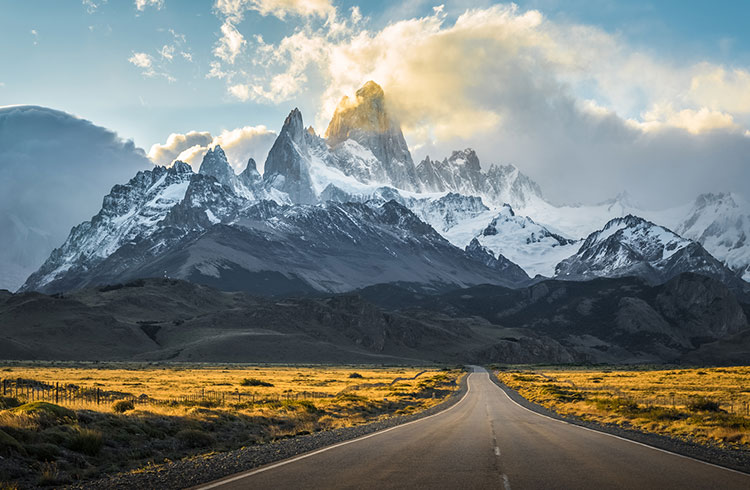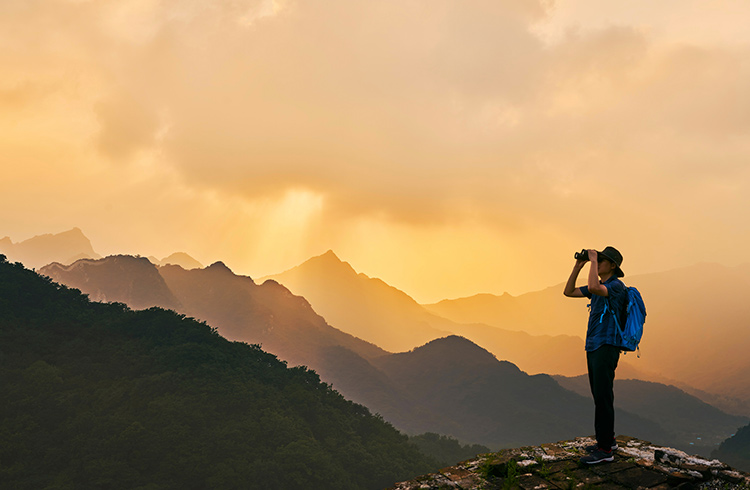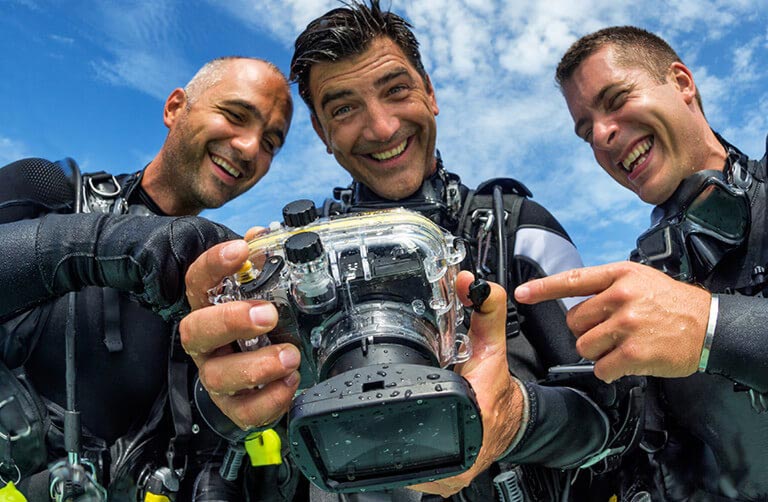Travel writers have been inspiring us to journey to new and exciting destinations for centuries, and we're as hungry as ever to read about where we could go next ... and what to do when we get there.
 Photo © Getty Images / Sasipa Muennuch
Photo © Getty Images / Sasipa Muennuch
For as long as any human can recall, we’ve been curious about what lies around the bend. No matter the means or motivation, casting off to go answer that question might be the simplest definition of travel. The desire to explore tugs from within, and so does the need to talk about it.
- The origins of travel writing
- Exotic missives
- Golden Era
- Narratives
- Download our How to Make a Living as a Travel Writer guide
The origins of travel writing
In the grand scheme of things, it didn’t take us that long to figure out how to make money by giving ourselves what we wanted, and travel writing was born. The Greek geographer Pausanias in the 2nd century A.D. wandered around Greece marveling at the temples, art and customs and published a 10-part book series based on his travels. More than a thousand years later, an Italian romance writer named Rusticiano helped Marco Polo synthesize his 13th-century travels through Asia into four books. The travel genre morphed and stretched over the centuries but it’s all linked. Today’s travel writers all stand on yesterday’s giants.
Exotic missives
The earliest travel works were indeed books but the rise of the newspaper called for missives a reader could digest in a single sitting. At first, reviews of upcoming travel books filled out the travel sections, but soon correspondents, ex-pats, diplomats and merchants all sent letters about their adventures overseas to editors who eagerly ran this “exotic” content. An essay by Marius Warholm Haugen in Traveling Chronicles, a scholarly work published by Brill in 2018, notes how travel dispatches in newspapers of the mid-1700s “acquired one great part of their merit from being new.” That is very true today.
The race to tap into this new kind of news was on and in the late 1700s, the Gazette de France created one of the earliest “live coverage” series of an expedition, though “live” was of course relative. Reporters sent back dispatches as a French naval officer and explorer named Jean-François de Galaup La Pérouse set out to repeat Cook’s circumnavigation of the earth. A high-seas adventure travel tale at its finest until La Pérouse and his crew went missing.
Golden era
Travel writing in the 1800s begins to flourish, perhaps as a by-product of industrialization that generated wealth and leisure. A Londoner could hop on a train and be breathing the fresh mountain air around Chamonix in days instead of weeks thanks to the railroad. During this time, women like Ida Pfeiffer, the daughter of a wealthy Austrian businessman, took off to travel twice around the planet sailing oceans, trekking through jungles and climbing mountains and writing about her adventures for journals that became instant bestsellers in seven languages.
Other aristocrats set off on the Grand Tour of the Middle East, sending back dispatches to newspapers that readers consumed gleefully. Samuel Clemens, best known as Mark Twain, did such a tour aboard a ship called The Quaker City and his articles later formed the backbone of what is arguably the first modern travel book in English, The Innocents Abroad.
Narratives
The New Journalism movement of the 1960s and 1970s had a huge impact on how non-fiction stories work today, including travel stories. Instead of filing “just-the-facts” newspaper dispatches, writers like Truman Capote, Tom Wolfe and Gay Talese applied techniques used in fiction to look for “truth”. They used their reporting to recreate characters, dialog and mood to build scenes. Non-fiction stories read more like novels.
Narrative, long-form non-fiction makes for some of the most engaging travel writing today because it places a heavy emphasis on experience. Magazines, with their long production cycles, are the perfect place for developing rich travel content. But the demand for material of all kinds reaches into every nook and cranny of the travel writing world. That, in turn, has created the need for all manner of freelancers. From local experts who can dish on their city’s best restaurants to people who specialize in ski resorts, writers can now build their own followings that exist outside of traditional channels. Writers now can be brands.
Despite this, the business of being a freelancer hasn’t gotten cushy. Publishers who buy content still struggle with ways to monetize it. Magazines are cutting back on issues. Meanwhile, newspapers are increasingly turning back to foreign correspondents for travel stories slipped between their news reports.
Even so, our curiosity about the world remains too great, our need for a story ever unyielding. In that way, the future of travel writing is as certain as it ever was. There will always be another bend.
5 modern travel books worth a read
- Video Night in Kathmandu by Pico Iyer. A meticulously reported book that uses travel to explore how American culture has influenced societies abroad.
- The Places in Between by Rory Stewart. A nearly unbelievable tale of how travel and curiosity can disarm even avowed enemies.
- Jaguars Ripped My Flesh by Tim Cahill. A collection of travel essays pulled from the author’s magazine work that helped broaden the reach of the modern adventure tale.
- Balkan Ghosts by Robert D. Kaplan. A moody, dense read that uses travel to frame a big, ambitious question about Balkan identity.
- Into the Heart of Borneo by Redmond O’Hanlan. Eurocentric, yes, but also a riot on every page.
Related articles
Simple and flexible travel insurance
You can buy at home or while traveling, and claim online from anywhere in the world. With 150+ adventure activities covered and 24/7 emergency assistance.
Get a quote



No Comments